Radio Frequency Identification (RFID)
Radio frequency identification technology (RFID) is an emerging automatic identification technology developed in the 1980s.It is a technology that uses radio frequency signals to achieve non-contact information transmission through spatial coupling (alternating magnetic field or electromagnetic field) and then achieve the purpose of identification through the transmitted information.
RFID is a simple wireless system with only two basic devices. This system is used to control, detect and track objects. The system consists of an interrogator (or reader) and many transponders (or tags).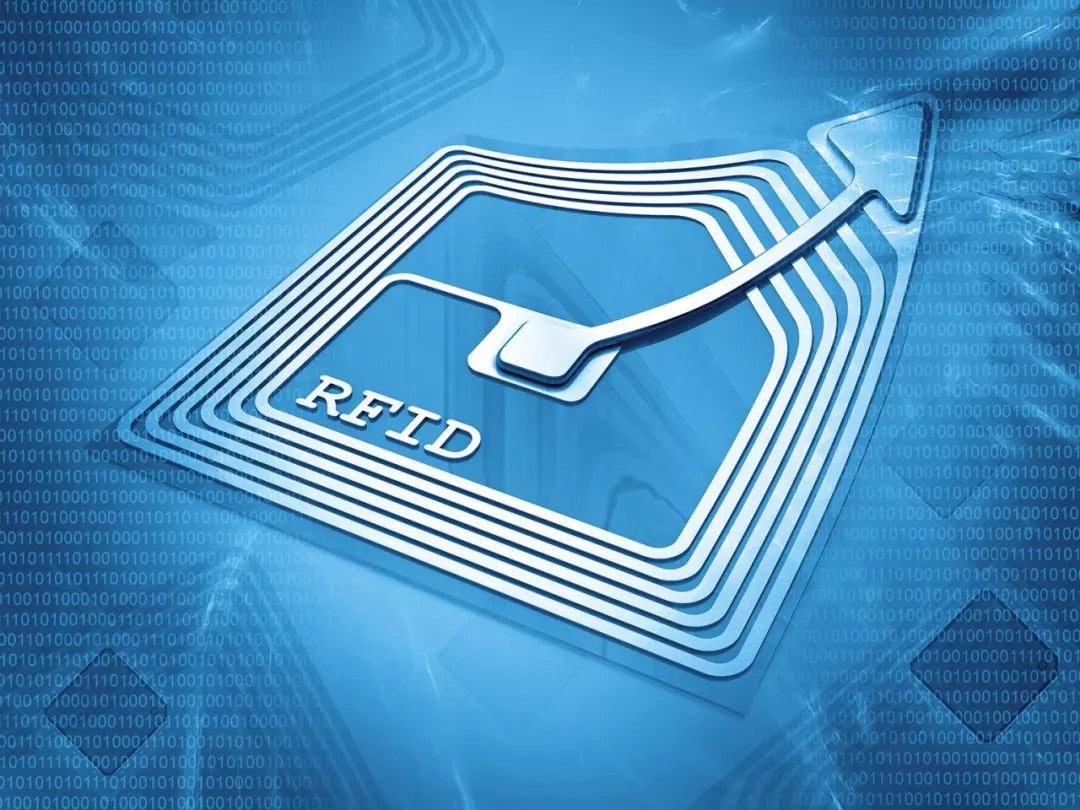
Technology
Initially in the technical field, a transponder is an electronic module capable of transmitting information and replying to information. In recent years, due to the rapid development of radio frequency technology, the transponder has a new meaning , and it is also called a smart tag or label. The reader of the RFID electronic elevator qualification certificate performs wireless communication with the RFID electronic tag through the antenna, and can read or write the tag identification code and the memory data. A typical reader contains a high-frequency module (transmitter and receiver), a control unit, and a reader antenna.
RFID radio frequency identification is a non-contact automatic identification technology. It automatically identifies the target object and obtains related data through radio frequency signals. The identification work does not need manual intervention and can work in various harsh environments. RFID technology can identify high-speed moving objects and identify multiple tags at the same time, which is fast and convenient to operate.
Tag: It consists of a coupling element and a chip. Each tag has a unique electronic code attached to the object to identify the target object.
Reader: A device that reads (and sometimes can also write) tag information. It can be designed as a hand-held RFID reader (such as: C5000W) or a fixed reader;
Antenna: Passes RF signals between tags and readers.
Working principle
After the tag enters the magnetic field, it receives the RF signal from the reader and sends the product information (passive tag, passive tag or passive tag) stored in the chip by the energy obtained by the induced current, or the tag actively sends a signal of a certain frequency (Active Tag, active tag or active tag).After being read and decoded by the reader , Active Tag will be sent to the central information system for relevant data processing.
A complete RFID system is composed of three parts: a reader, a tag, also called transponder, and an application software system. The working principle is: Reader transmits a specific energy of a certain frequency to the Transponder to drive the Transponder circuit to send out the internal data. At this time, the Reader sequentially receives the interpretation data and sends it to the application for corresponding processing.
From the perspective of communication and energy sensing methods between RFID card readers and electronic tags, it can be roughly divided into two types: inductive coupling and backscatter coupling. Generally, the low-frequency RFID mostly adopts the first type, and the higher frequency mostly adopts the second type.
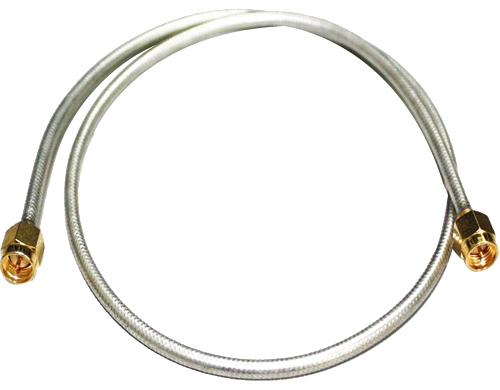
Radio Frequency Cable
Depending on the structure and technology used, the reader can be a reading or reading / writing device, and it is an RFID system information control and processing center. The reader usually consists of a coupling module, a transceiver module, a control module and an interface unit. The reader and transponder generally use half-duplex communication to exchange information. At the same time, the reader provides energy and timing to the passive transponder through coupling. In practical applications, management functions such as collection, processing, and remote transmission of object identification information can be further realized through Ethernet or WLAN. The transponder is the information carrier of the RFID system. At present, most of the transponders are passive units composed of coupling elements (coils, microstrip antennas, etc.) and microchips.
System advantages
RFID is an easy-to-handle, simple and practical flexible application technology that is particularly suitable for automated control. Identification requires no manual intervention. It can support both read-only and read-write work modes without contact or aiming; can work freely in a variety of harsh environments;short-range RF products can adapt to harsh environments such as oil and dust pollution, and can replace bar codes, such as tracking objects on the assembly line of factories; long-range RF products are mostly used in traffic to identify distances. It can reach tens of meters, such as automatic toll collection or vehicle identification. The RFID system has the following system advantages:
Easy and fast reading: data can be read without a light source, and can even be carried out through the outer packaging. The effective identification distance is larger. When using the active tag with its own battery, the effective identification distance can reach more than 30 meters.
Fast recognition speed: Once the tag enters the magnetic field, the reader can read the information in it instantly, and it can process multiple tags at the same time to realize batch recognition.
Large data capacity: The two-dimensional barcode (PDF417) with the largest data capacity can only store a maximum of 2,725 digits; if it contains letters, the storage capacity will be less; RFID tags can be expanded to dozens of K according to user needs.
Long service life and wide range of applications: Its radio communication method makes it applicable to highly polluting and radioactive environments such as dust and oil, and its closed packaging makes its life much longer than printed barcodes.
Tag data can be changed dynamically: Data can be written using a programmer, giving RFID tags the ability to interact with portable data files, and with less write time than printing barcodes.
Higher security: Not only can be embedded or attached to products of different shapes and types, but also password protection can be set for reading and writing of tag data, which has higher security.
Dynamic real-time communication: The tag communicates with the reader at a frequency of 50 to 100 times per second, so as long as the object attached to the RFID tag appears within the effective recognition range of the reader, its position can be dynamically tracked and monitored.
JYFT also offer other types of cable products, such as automobile high voltage cable, M8 Cable, M23 Cable, etc. If you want to buy our cables, please contact us as soon as possable.




 Related Products
Related Products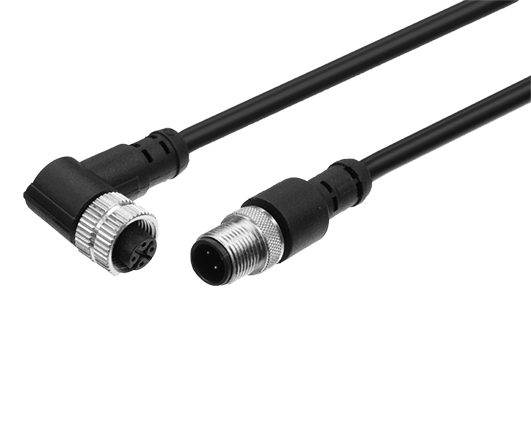
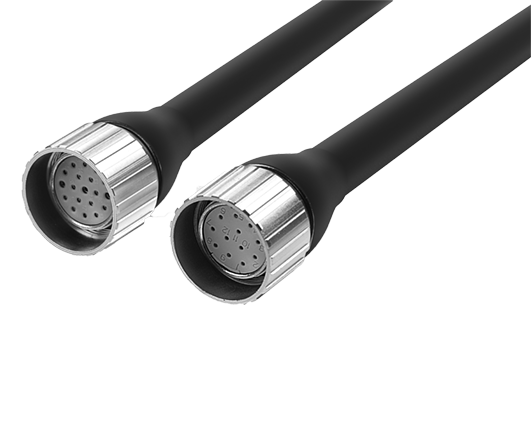
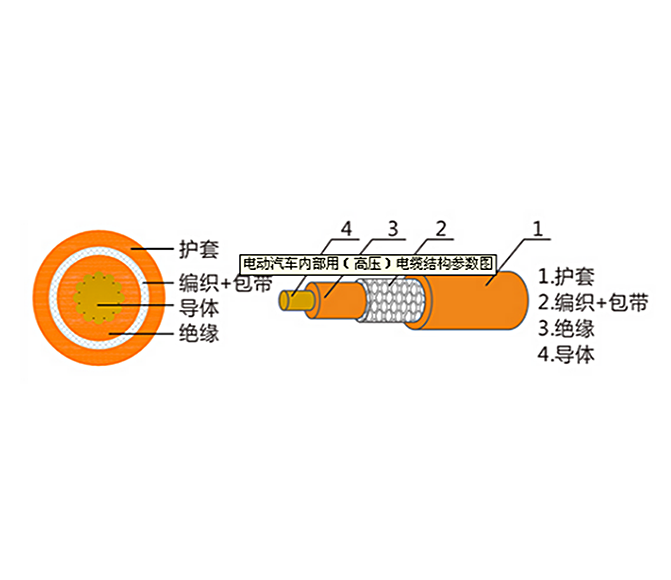
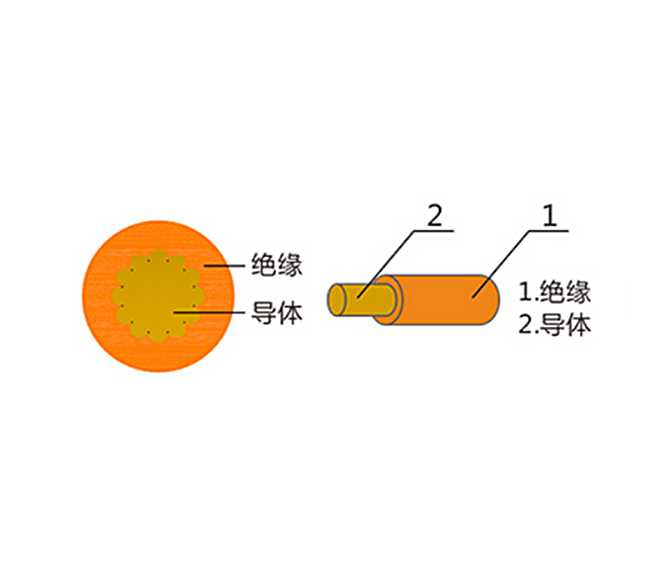














View More(Total0)Comment Lists